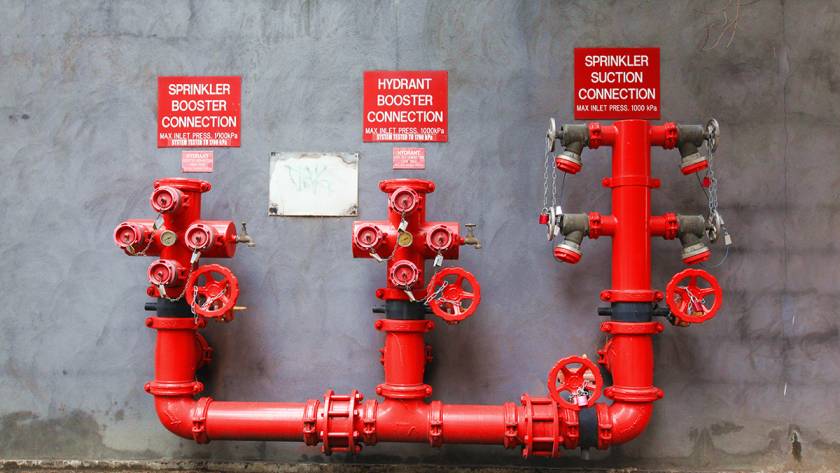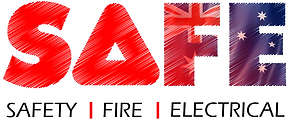Fire hydrants are an integral component of any community's fire protection infrastructure. They serve as reliable and critical water resources for firefighters during emergencies, providing immediate access to water for suppressing fires. Queensland has very strict legislation and compliance standards that regulate the installation, maintenance, and usage of fire hydrants to ensure optimal safety measures…



